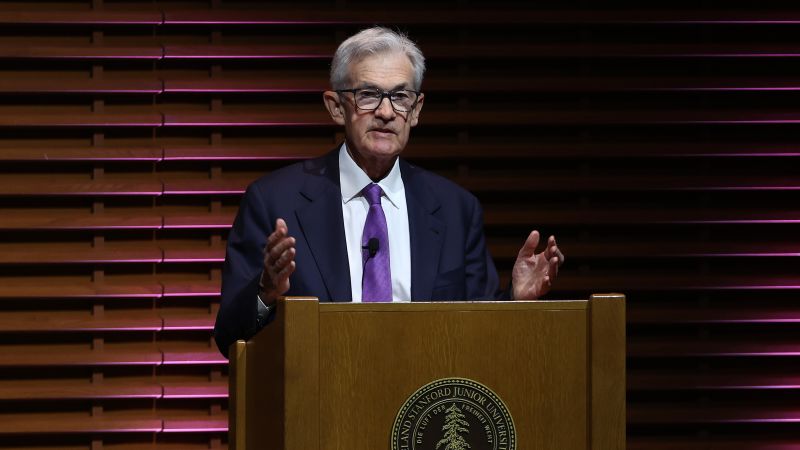US stocks were volatile on Tuesday following comments from Federal Reserve Chair Jerome Powell indicating that the central bank is unlikely to cut interest rates in the near future due to a lack of progress on inflation. The Dow rose slightly, the S&P 500 fell, and the Nasdaq Composite declined slightly in response to Powell’s remarks. The 2-year Treasury yield briefly exceeded 5% before dropping back down to around 4.96%.
Meanwhile, Powell noted that recent data has not provided increased confidence that inflation will reach the Fed’s 2% target, suggesting that it may take longer than expected to achieve this goal. Despite a strong labor market and progress on inflation, Powell stated that it is necessary to maintain current policies and allow data to guide future decisions.
The economy is currently experiencing a 23-year high in interest rates following the Fed’s rate-hiking campaign. Inflation has declined from previous peaks but remains elevated in certain sectors. Rising borrowing costs and increased prices for essentials have impacted consumer spending and stalled the housing market. However, recent retail sales data indicate that consumer spending remains solid, supporting the overall strength of the economy and reducing pressure for the Fed to cut rates.
The Fed typically lowers rates during economic downturns to stimulate growth and maximize employment opportunities. Despite concerns about inflation, there are no signs of a significant decline in the job market at present. Powell’s hawkish tone during his recent comments reflects a shift from previous statements, where the focus was primarily on seasonal fluctuations influencing inflation data.
Consumer prices have risen steadily in recent months, with gasoline prices contributing to overall inflation increases. Shelter and insurance costs have also remained high, contributing to ongoing inflationary pressures. Despite optimistic projections for economic growth, productivity gains may be necessary to keep inflation in check and prevent prices from rising further. The Atlanta Fed forecasts that first-quarter GDP growth will reach a robust 2.9% annualized rate.
Wall Street analysts are divided on the timing of a potential rate cut, with some predicting a move in July and others expecting a cut later in the year, possibly in December. The uncertainty surrounding inflation and economic conditions makes it challenging for the Fed to provide clear forward guidance on rate decisions. While some Fed officials remain cautious about inflation persistence, others believe that maintaining current policy rates could be necessary until further economic data is available.
Overall, the outlook for interest rate cuts remains uncertain, with various analysts offering differing opinions on the timing of any potential adjustments. Fed Vice Chair Philip Jefferson emphasized the importance of monitoring inflation trends and labor market conditions before making any decisions on policy rates. As markets continue to react to economic data and Fed statements, investors will need to remain vigilant in assessing the potential impact on stock prices.


